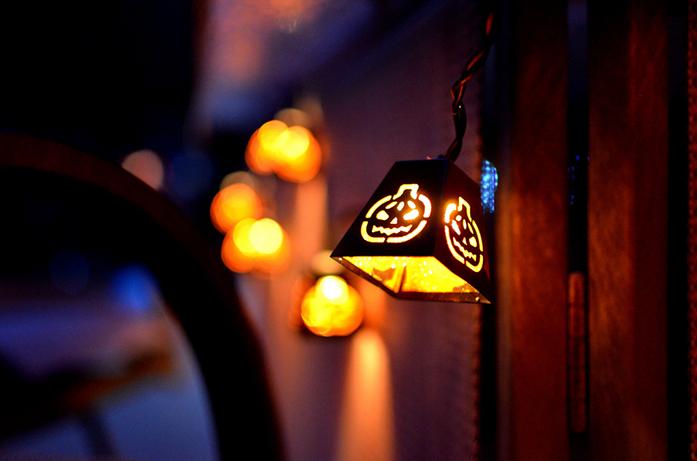It is no secret that college students love Halloween. Every October, students across the country spend hours making plans with their friends, shopping for decorations, and looking forward to how they will dress (and impress) for their big night out.
The internet has given way to the advent of unbelievably creative costumes. With the myriad of options available, it can be hard to choose the best one. Do you go with something funny, sexy, classic, or modern? The options feel endless.
And yet, some college students still make choices that hurt our commitment to being an inclusive campus community. One concerning trend this Halloween consists of students “dressing up” as homeless individuals, complete with signs that say things like: “I’M HOMELESS, feel free to take me home” or “I’m homeless, buy me a drink.” It seems some students have targeted the experience of the most economically disadvantaged and socially marginalized people for their costume inspiration.
“Costumes” such as these are insensitive and scarring. They mock the traumas experienced by many. These costumes remind us that in Iowa City, and around the country, there remain major misconceptions about the epidemic of homelessness and those who experience it: infants, children, women, men, veterans, and LGBTQ youth.
Homelessness is a reality for hundreds of people in our own community. Shelter House provided emergency shelter to 864 people during the 2015-16 reporting year. Unbeknown to many is that thousands of college students experience homelessness. According to data from the Free Application for Federal Student Aid, there were more than 58,000 college students who identified as homeless on campuses across America in 2015 — and we know this to be underreported. It is safe to assume that there are University of Iowa students who currently identify as homeless. In class, they sit right next to you.
Brooke Evans, a McNair Scholar and activist at the University of Wisconsin-Madison who shared her story in Glamour, has been homeless for the better part of six years:
“It must be convenient for someone to be ‘homeless’ for a single night. I’ve lived like this for 52,000 hours. I have no costume I can shed and no stable life to which I can return. If you were homeless, you’d become terrified of sleeping, you’d learn safety and privacy are luxuries, you’d learn what it is to be the utmost vulnerable to sexual violence, battery, human trafficking, and theft, you’d learn what sacrifices we face to be students and just how lonely and exhausting it can be. Please, take your blinders off. My poverty is not a costume.”
Harmony Pace, a student at the University of Iowa, also knows what it is like to be affected by homelessness. During her freshman year, Pace’s mother was homeless for several months due to mental-health issues. “It was a difficult situation, one that I never expected to be in,” she said.
Pace worked hard to help get her mother back on her feet and continues to advocate and raise awareness for men, women, and children experiencing homelessness and those struggling with mental-health concerns today.
Please remember these students and their stories the next time you see someone “dress up” as “homeless” for Halloween or try to embrace the “hobo-chic aesthetic.” When people act like this, they disregard and disrespect the lives and identities of incredible people like Brooke, Pace and her mother, and the thousands of men, women, and children who experience homelessness every year.
— Brooke Evans, Harmony Pace, and Rachel Zuckerman



